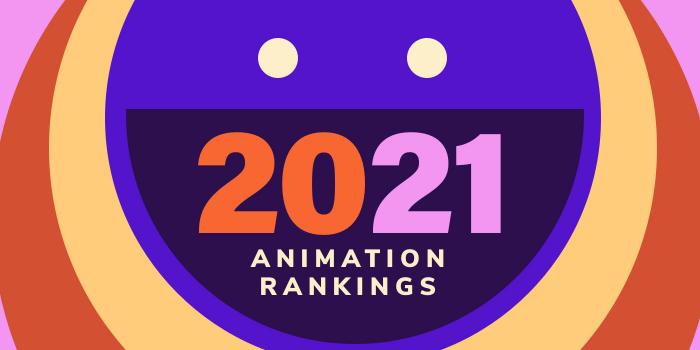Drexel University was established in 1891 as Drexel Institute of Art, Science and Industry by Philadelphia financier and philanthropist Anthony J. Drexel. In 1919, the University introduced a cooperative education program, which became one of the first models of its kind in the U.S. Today, Drexel’s cooperative education program remains the oldest, largest, and best-known program in the nation and it is a degree requirement for most majors. This enables undergraduate students, including animation students, to balance classroom theory with practical, hands-on experience prior to graduation. Students have had experiences in Ghana, Greece, Hong Kong, London, Spain, and more.
Drexel University has a total enrollment of 24,205 students. Over 200 degree programs are offered in 15 colleges and schools, including the Westphal College of Media Arts & Design, which houses the Digital Media Department (DMD). Here, aspiring animators can earn a BS or a Minor in Animation & Visual Effects, as well as MS and PhD degrees in Digital Media.
The BS in Animation & Visual Effects gives students the “technological, story-telling and design skills to succeed as animators and visual effects artists in the highly competitive entertainment and design worlds,” says the school. “Over the course of their education in the program, students will pursue a foundation of design and technology by taking core courses in all aspects of digital media while delving into coursework covering many areas of specialization.”
The program consists of 51 credits of core courses, 45 hours of general education courses, 27 elective credits, 24 credit hours of art and art history requirements, 18 credits of animation requirements, 15 credits in media and computer science, and six credits of animation electives.
The program’s six-month co-op allows students to “learn the underlying principles of animation along with industry-standard software technology. The entire creative pipeline from storyboarding through modeling and animation is covered in-depth, allowing students to experience all aspects of production.” Animation & Visual Effects students have held co-op positions with employers such as 3FX Medical Animations, AlchemyX, Brooklyn Digital Foundry, Cartoon Network, Environmental Tectonics, ESM Productions, FuseFX, Mediakraft TV, SideFX, Sony Studios, Stargate Studios, and many others.
BS students interested in completing both the BS and an advanced degree have the option to enter the accelerated BSMS degree in Digital Media or the BS and the new MS in Biomedicine and Digital Media (MS BMDM) after completing at least 90 undergraduate credits. The MS BMDM The Master of Science in Biomedicine and Digital Media program (BMDM) intersects animation, entrepreneurship, interactive digital art design, science, and technology.
This hybrid program is offered in the College of Medicine and it offers a number of elective course options, a flexible (experiential learning) internship, and a customizable plan of study. A thesis is not required.
The DMD’s two-year MS in Digital Media is a hybrid program that offers comprehensive studies in Advanced Digital Design including 3D Modeling, Animation, Gaming and Digital Media History, Interactivity, and Theory and Methods. The curriculum for the two-year program “offers a mix of academic coursework and project-related activities. Projects consist of funded grant research opportunities, industry-sponsored projects and independent, student-generated and faculty-approved projects.”
The PhD in Digital Media “focuses on translational research in digital media within an experiential learning environment. It studies the application of digital media towards solving research problems in various disciplines including but not limited to engineering, education, cultural heritage, health or business. This doctoral program is built on a fundamentally interdisciplinary course structure and emphasizes an iterative and design based research philosophy.”
PhD students have the same project opportunities as MS students. Past projects for the programs have included Brain-Computer Interfaces (BCI) for video games, theme park ride and animation design, interactive online non-linear narrative comics, advanced animation production techniques, a multi-media interactive dance performance with body tracking, and multi-touch games for teaching middle-school children.
Graduates of the Westphal Animation and Digital Media programs at Drexel University have landed positions at leading companies such as Disney, DreamWorks, Microsoft XBOX, NCSoft Corp., Pixar, and many others.







